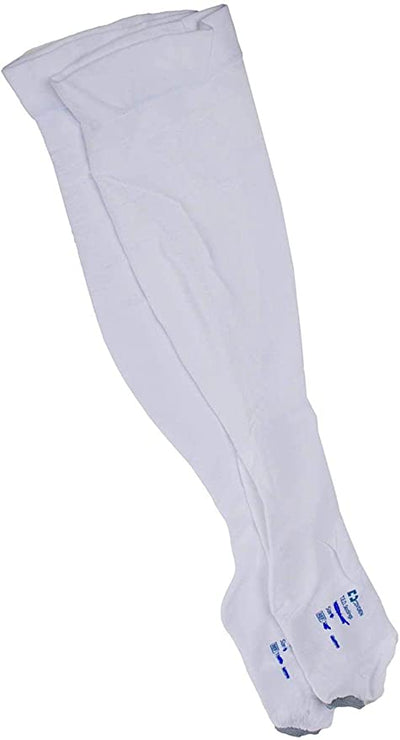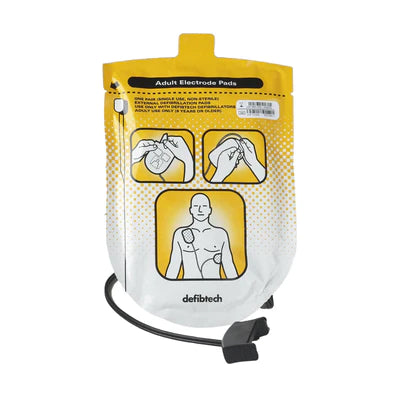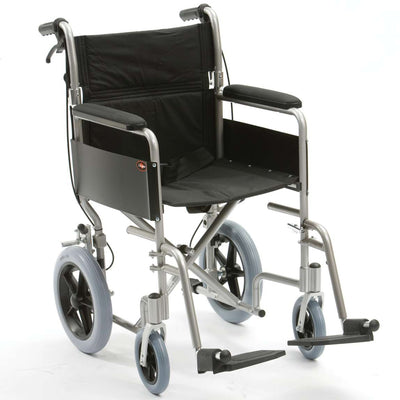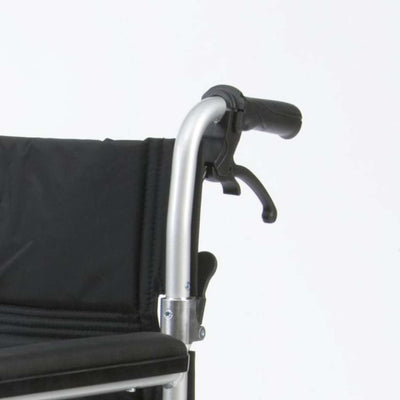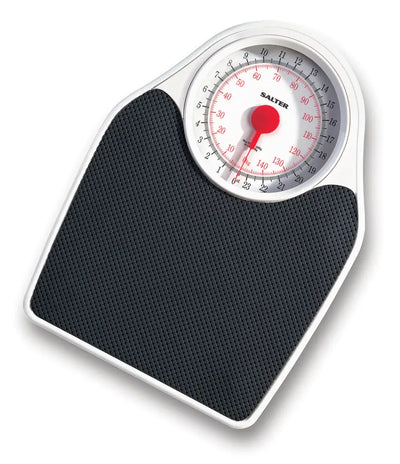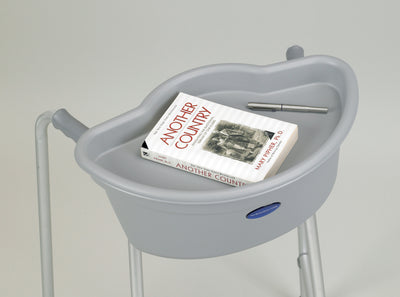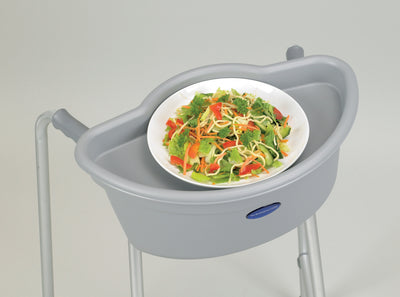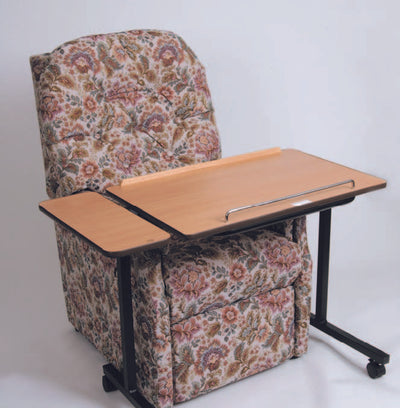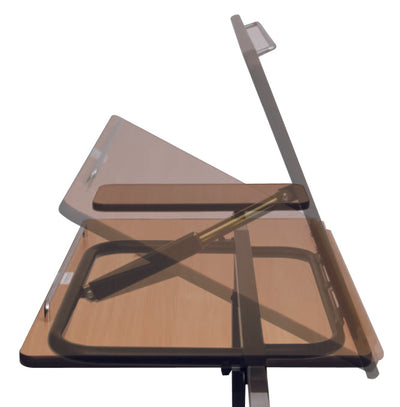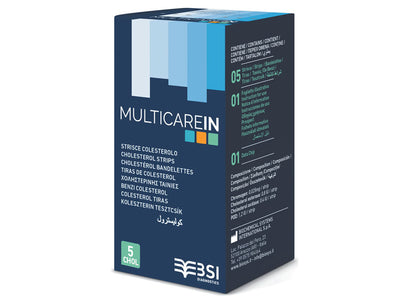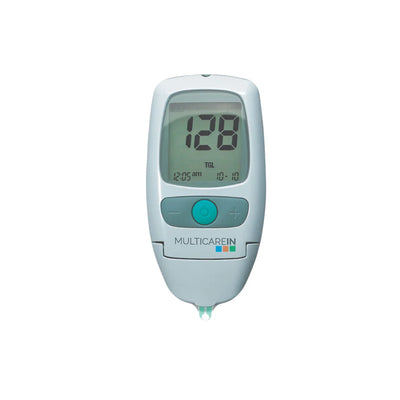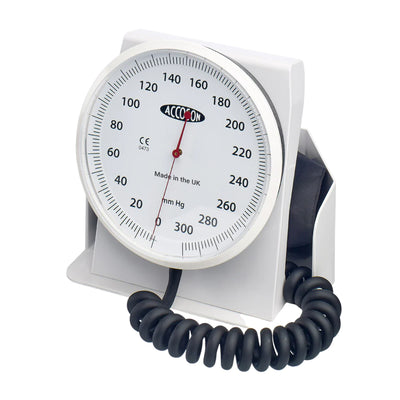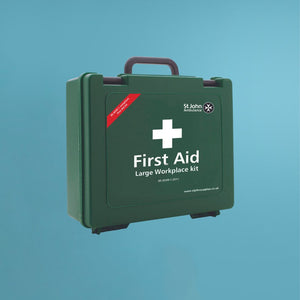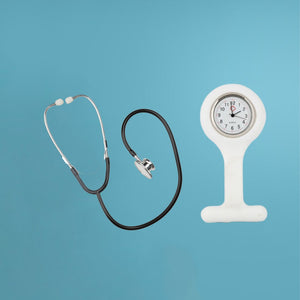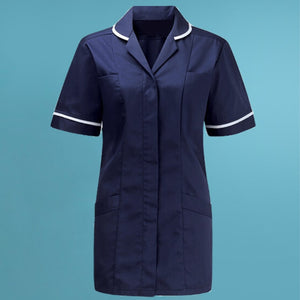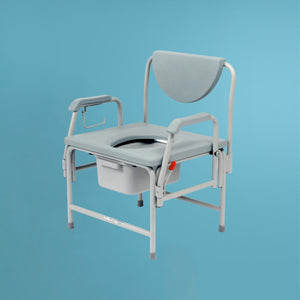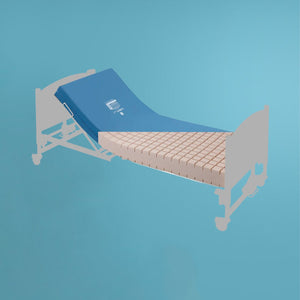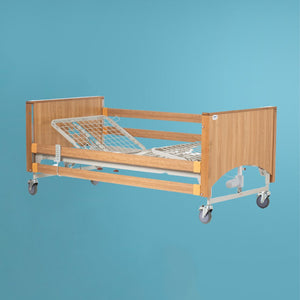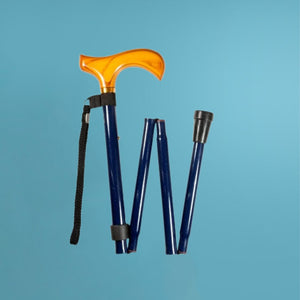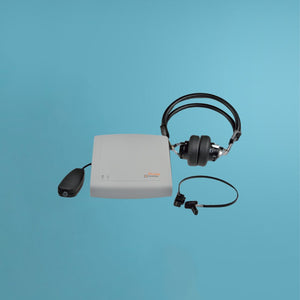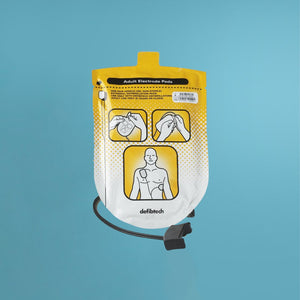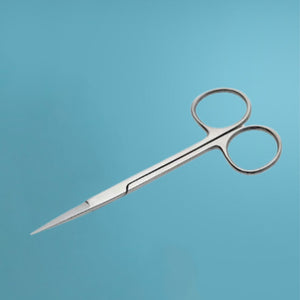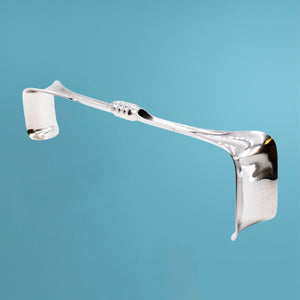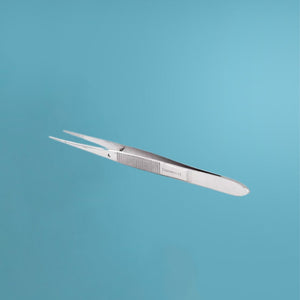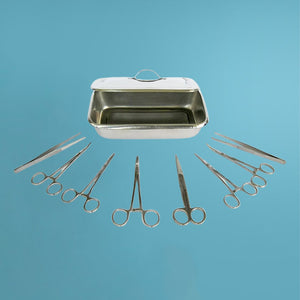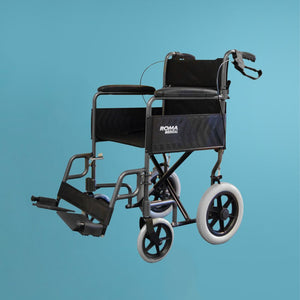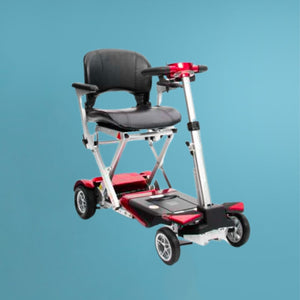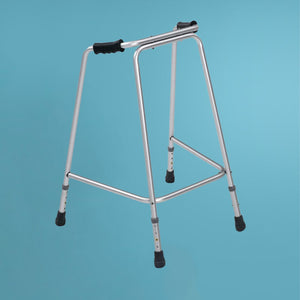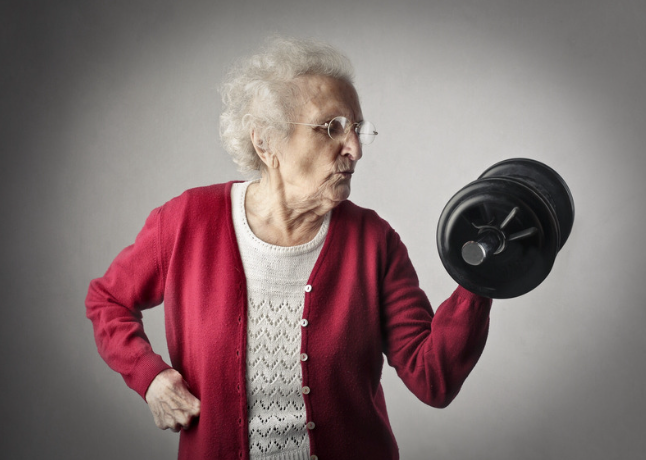Often, the first things that come to mind when we think about exercising in older years are walking, stretching and gentle cardiovascular workouts. Rarely do we consider that we should start to lift weights and build muscle from our 50’s well into our 70’s and beyond.
Yet, the truth is that as we get older we all lose muscle and strength, which leads to all manner of issues including lack of mobility, independence, falls and an increased risk of developing cancers, heart disease and neurological conditions.
So here’s why we should all be incorporating weight training into our weekly exercise routines and how we can start to build muscle and strength to live a longer, stronger life.
Daily living made better
Virtually everything we do in our day to day lives requires an element of strength. Walking, lifting shopping bags or simply lifting ourselves out of bed in the morning.
We know that from the age of 35 we actually start to lose muscle power at the rate of around 1-2 per cent every year until our 60’s, at which point the deterioration increases to 3 per cent per year.
Adults who don’t do regular strength training can expect to lose 4-6 pounds of muscle per decade (which is often replaced with fat) and, in short, will simply grow weaker and slower over time.
Strength training will stave off this decline in muscle power meaning that everyday tasks continue to feel manageable throughout the years.
Independence
Loss of strength is directly connected with loss of independence. If an older person has lost the ability to carry out simple tasks like shopping, climbing stairs, lifting pots and kettles in the kitchen then they are reliant on the help and support of others to get them through their day. The older people most prone to lack of independence also tend to be those who have allowed their physical strength levels to fall.
Staying active from our mid life, and incorporating some strength training in our weekly exercise routine will keep us more independent for longer as we age.
Avoiding Falls
The better strength you have, the better your balance is likely to be. A weak core and posture will lead to a higher risk of falling. Sadly, when elderly people fall it can mark the beginning of a rapid decline, or can put them at a much greater risk of developing more serious health conditions as a result of being bed bound, vulnerable and in a weakened state.

How to add strength training
Don’t think of building muscle and strength training as being the kind of exercise that leads to you looking like Mr/Miss Universe! Building that kind of body building muscle is not the aim. Rather, you’re simply looking to maintain the kind of strength you need to live your life well into your 80’s and beyond. You don’t even need weights to build and maintain good muscle form.
Try doing a few sets of these 3-4 times per week. If you can include weights your muscle gains will be even better.
- Squats - make sure your weight is on your heels, not your toes, and that your knees don’t go further forward than your toes.
- Press ups - these can be challenging but try doing them with your knees on the floor or against the wall.
- Sitting against the wall for 10 seconds, building to 30-60 seconds.
- Arm curls - you could try using an exercise band to add resistance to this move
- Shoulder presses - try using a tin of beans, bag of pasta etc to add a bit of weight resistance to these.
There are lots of great ways to add a bit of strength training into your routine and the benefits are immense. Maintaining good muscle strength and balance as we age will help us to stay active, independent and enjoy a much more interesting, fulfilled older life.
Need more help? We're always here to help so get in touch today.
For all your Medical and Homecare supplies give us a call at Mediworld.
We have over 40 years experience in medical, surgical, mobility and home health supplies and we're always on hand to chat if you need support or advice and don't forget to read our other great health blogs!
August 2022
